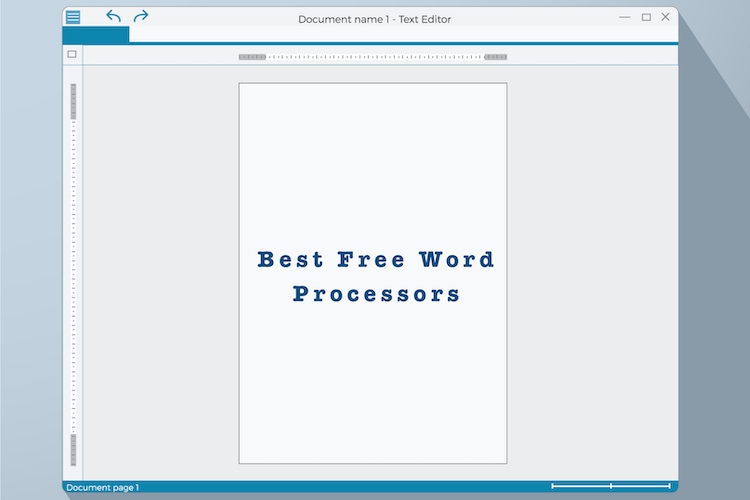
We all love using our Macs in bed, but your cozy warm blanket can be the reason for your MacBook Pro running hot. Placing your MacBook under direct sunlight can significantly shorten the life of your machine and be dangerous. But extreme heat can harm your computer that's why Apple recommends using your Mac where the ambient temperature is between 50°and 95☏ (10°and 35☌). Macs are designed to comply with various temperature limits. That's because these types of apps are usually running many processes, using up your Mac's processing capability and making your Mac struggle, which causes overheating. The harder your Mac’s processor cores are working, the more likely they will heat up and contribute to overheating. Maybe you've noticed that your Mac's getting slower when you launch both a browser and, let's say, a video editing app. There are a number of reasons for MacBook overheating.
#Free word processor for macbook air how to#
Here’s what to do if your Mac is overheating and how to avoid it happening in the first place. However, in rare cases, overheating can cause physical damage to components.

Most of the time, those are the only symptoms.

However, most of us have at some point experienced the symptoms of an overheating Mac, from fans spinning up to performance slowing down. Macs, especially portable models like the MacBook Pro and MacBook Air, have very sophisticated cooling systems designed to ensure that they don’t overheat.

But to help you do it all by yourself, we’ve gathered our best ideas and solutions below.įeatures described in this article refer to the MacPaw site version of CleanMyMac X. So here's a tip for you: Download CleanMyMac to quickly solve some of the issues mentioned in this article.


 0 kommentar(er)
0 kommentar(er)
